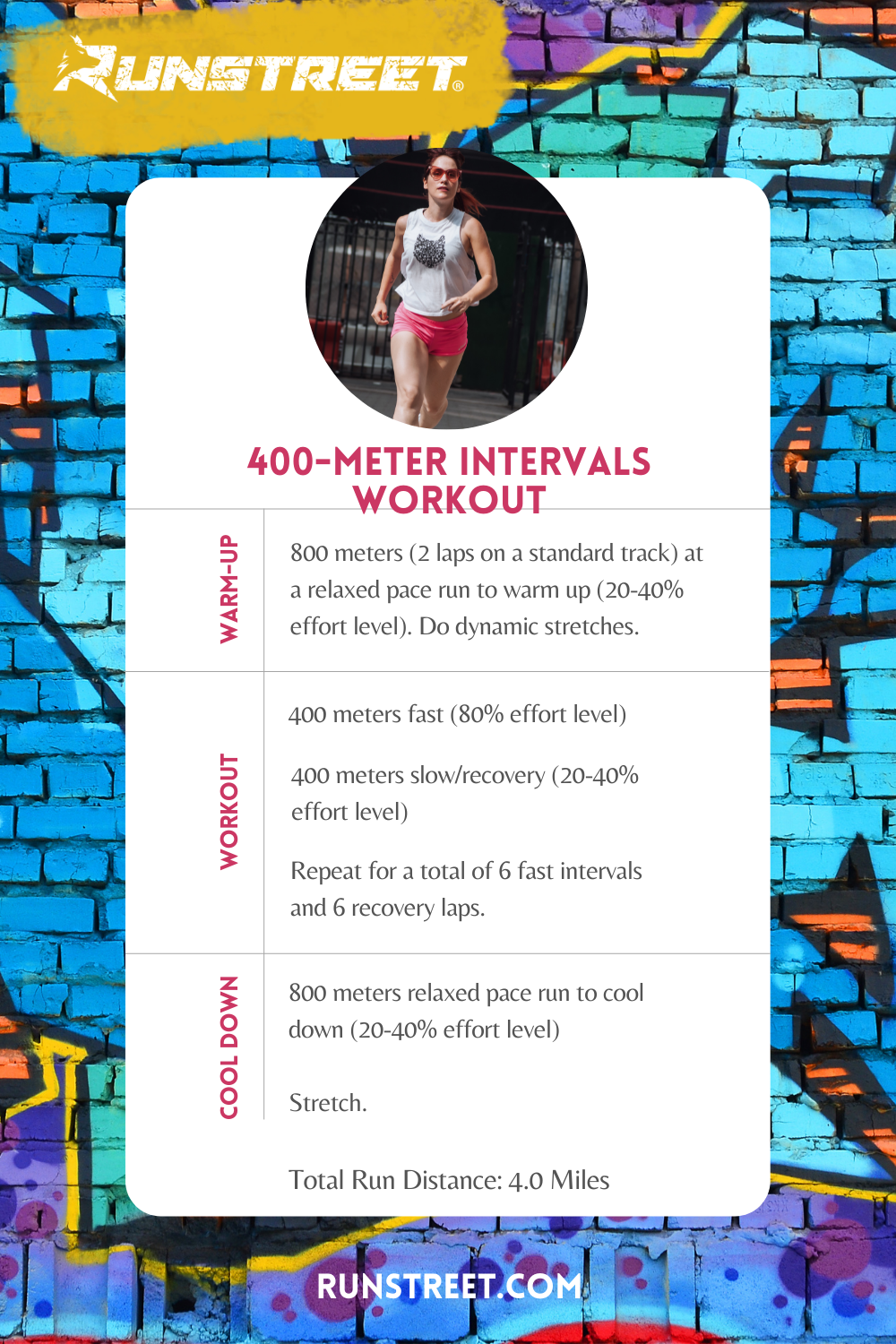Master Your Running Workout: Efficient Strategies for Success
Getting Over Discomfort in Operating: Strategies and Techniques That Work
Discomfort is a common companion for many runners, frequently serving as a barrier to achieving their desired goals. However, with the right strategies and techniques, it is feasible to get over and also stop the discomfort connected with running. By exploring various methods such as comprehending the different types of running discomfort, maximizing footwear and form, including cross-training and stamina exercises, implementing reliable healing methods, and keeping appropriate nutrition and hydration, joggers can possibly reduce their discomfort and improve their overall running experience.
Recognizing Different Types of Running Discomfort
:max_bytes(150000):strip_icc()/running-longer-or-faster-31e97070bda14ffc8afdea52094504c7.jpg)
One more sort of running pain is joint pain, which can materialize as a sharp or throbbing pain in locations such as the knees, hips, or ankles (running strategy). Joint pain might be brought on by variables like improper running form, overuse, or underlying conditions like joint inflammation (check out more here). It is very important to distinguish between muscle soreness and joint pain, as the latter may need medical focus to avoid further injury
Recognizing the various kinds of running discomfort is important for reliable management and avoidance methods to make sure a risk-free and pleasurable running experience.
Proper Shoes and Running Form
To optimize performance and lower the risk of running-related injuries, picking appropriate footwear and keeping appropriate running form are necessary components for joggers of all levels. Correct shoes plays a crucial role in supplying assistance, cushioning, security, and defense for the feet and reduced arm or legs. It is suggested to choose running footwear that are specifically made for the person's foot kind, running gait, and the kind of running activity they involve in. Getting suitabled for shoes at a specialized running store can help ensure the best fit and assistance.

Cross-Training and Stamina Exercises
Strength workouts, like squats, lunges, and core exercises, play a critical function in stabilizing muscular tissues and boosting running performance. They can fix muscle discrepancies, improve dexterity, and increase power result, all of which are necessary for running efficiency.
It is important to enable for adequate remainder in between running sessions and cross-training tasks to stop overuse injuries. By incorporating these aspects into a running routine, joggers can construct a stronger foundation, boost performance, and appreciate a much more lasting running experience - check out more here.
Recovery and Relax Methods
Having actually developed the importance of cross-training and toughness workouts in a detailed running regimen, interest can currently be guided in the great tips direction of Recuperation and Relax Techniques as integral elements for maximizing efficiency and lowering the threat of injuries. (running workout)
Recovery after running is critical for muscle mass fixing and development. Methods such as foam rolling, extending, and massage therapy help in reducing muscular tissue discomfort and enhancing versatility. Ample rest in between runs permits the body to recuperate and adjust to the physical anxiety, preventing overuse injuries.
Integrating energetic recuperation days right into a training schedule, where low-intensity tasks like strolling or biking are performed, can improve blood circulation and promote recovery without placing excess strain on the muscle mass. Furthermore, correct hydration and nutrition play a crucial function in the healing procedure by restoring lost fluids and nutrients.
Quality sleep is one more important facet of recovery that ought to not be ignored. During sleep, the body undertakes repair service and regeneration procedures, adding to overall physical and psychological health. By focusing on recuperation and remainder methods, joggers can keep optimum efficiency levels and reduce the likelihood of experiencing discomfort or injuries.
Nutrition and Hydration for Runners
Carbohydrates supply energy for running, while healthy proteins help in muscle fixing and recuperation. Sufficient hydration is likewise crucial to keep ideal performance, as also mild dehydration can negatively influence running efficiency. In addition, timing dishes and treats suitably before runs can aid prevent stomach discomfort and provide the necessary energy for peak efficiency.
Final Thought
To conclude, by comprehending the numerous sorts of running discomfort, using appropriate shoes, keeping correct running type, incorporating cross-training and toughness exercises, focusing on healing and rest, and concentrating on nourishment and hydration, joggers can properly conquer pain and improve their efficiency. Applying these strategies and methods can assist runners protect against injuries, enhance their endurance, and ultimately enjoy a much more meeting running experience.